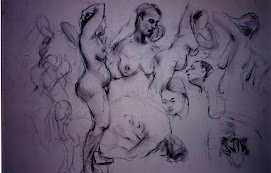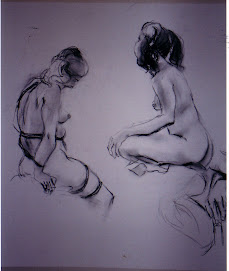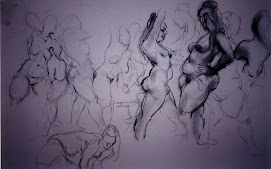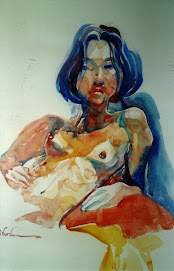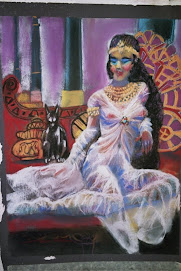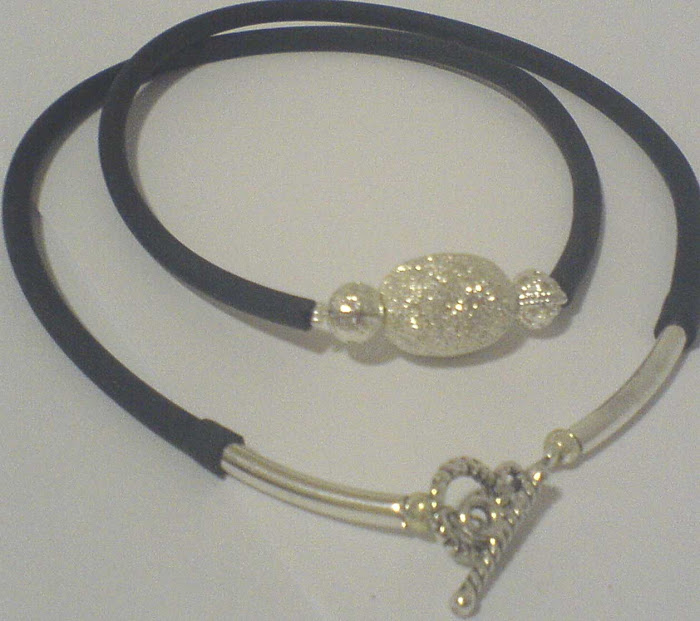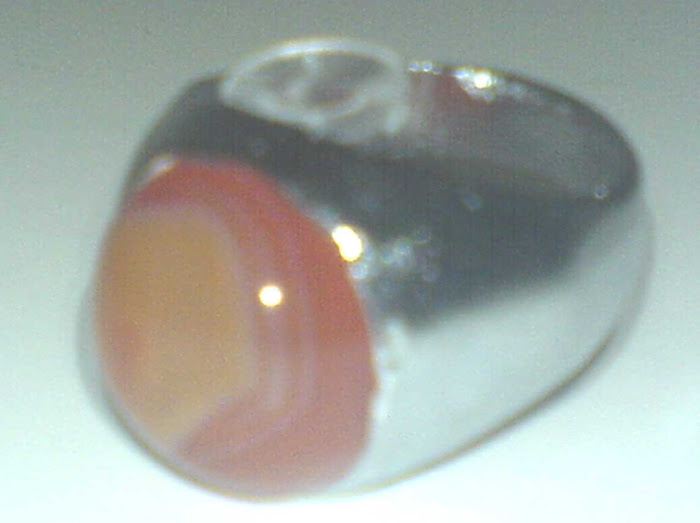Based on Birds, Simon Jankelson, artwork at the Berkelouws bookshop window
Posted by Josephine GIBBS at Tuesday, 15 March 2011 13:56:56 o'clock EST
Last Edited:Tuesday, 15 March 2011 14:11:52 o'clock EST
Last Edited:Tuesday, 15 March 2011 14:11:52 o'clock EST
An artwork which made a comment on the concept of 'technological immediacy' is exhibited at the Berkelouws bookshop, Oxford street. This is not unusual because art is usually found outside the gallery context which indicates the phenomenon written about by Debord's about art as spectacle(1977: paragraph 28). His writing will help us understand why art is created and to see its value adding to the sum of human knowledge. To understand what Debord might have meant by this, Simon Jankelson's piece is analysed. The drawing in the piece is created before one's eyes. The reason that it is posited that the work exemplified as immediate is purely for the reason that it resembles human automatic writing when a medium is purported to be occupied by a spirit. In the same way we can see what Debord meant in saying that technologically assisted art stands independently from its maker (31) and is taken over by it after it is created. It has achieved autonomy of its own objecthood, both in the act of drawing the marks despite being programmed to do so and in the fact that the mechanical object, which draws that the audience can see, does not need its maker. It was made that way. How it can have any meaning is not clear but we can gain something profound from it in terms of knowing what it is that compels artists to create art? What it means can be known based on what it physically is and we can be speculate on what it might mean. It might also be helpful to understand what is meant by 'immediacy' for the purposes of this review. Immediacy means art assisted with technology, which cannot be finished until a perceiver sees the work and meaning is extracted from it. This is why Based on Bird by Simon Jankelson, a sculpture/installation piece is worth commenting on because it spoke about the trend of immediacy. There are two reasons why this might be a good example of art as Debord's spectacle. The first is the fact that it is multi-disciplinary in its make up, which challenges the purity of art in a traditional sense but the artist becomes the maker of spectacle himself. The second reason is the context of the work.
Firstly, immediacy is not immediately apparent to the viewer when you see the work, which is approximately over two meters by two meters. It has a roll of paper arranged vertically on one side, open scroll like. In front of this scroll, a pencil held by a mechanism draw random lines on the roll. The raw, wooden cabinet housing both the mechanism and the puppet-like figure underneath the mechanism, lying there as though asleep. To see it as a dead human figure as metaphor for human made art might be a wrong assumption because the figure itself does not look convincingly human. However, instead of seeing the doll like figure under the drawing mechanism as being dead, it can be seen as the insights and meanings still unexcavated inside the viewer and can be woken by the artwork after seeing it. Since it looks more like a replica of a human, one can say that the artists wished to make a comment on the artificiality of the claim that art is dead, because if that were the case then there would not be no more art being created. The function of these two aspects of the artwork can only be to say that the human cyborg's intentionality (6-7) in making art is both to show how reality and image are entertwined and parts of a whole. This might also be saying that we have now moved beyond the death of art but also creating and reading 'art' in the technological culture of the collective.
Extending the idea that the artists may have used the supine body,which is visible through a cut away of the cabinet, the artist use this figure as a visual metaphor for the death of the traditional artist, in its role of the avant-garde in western culture. To prove this assumption's validity, it might help to understand how the parts of the installation/drawing mechanism/sculpture piece belong together. Many works today have the same ambiguity in form and structure. These have a cutting edgeness, which make the ambiguous work like theBased on Birds (2010) fascinating. One cannot tell if it is drawing since any mark making that is happening is done by a mechanical object. It might be kinetic sculpture since it has moving parts. This part's non-importance in the context of the whole artwork can be extrapolated by its placement on the bottom of the work or is it more paramount? What is more prominent and obvious to the viewer is the fact that the mechanism is drawing away squiggles of lines in rough parallel pattern, reminiscent of lines produced by a breathing apparatus. The artwork is mimicking the person dying in a hospital. Could it be western culture on its death throes or art in general? It is clear that the mechanism itself is programmed to draw lines but it is obvious that the mechanism itself, conceived by the robot maker/artist, who draws by proxy. There is paradox here, rather than the artists himself making the marks on the page, he made a mechanism to create a drawing. Would this make him less an artists but more like a model maker or designer? What this implies is that a work of art with a technological component is incomplete because much of art produced now appear to be revisioned as the audience see it simultaneously. This is challenging the notions of the artists as sole creator with intentions to exhibit in specific time and place. If this is true then it matters the how and where the audience see the work of art's meaning.
Secondly, why Jankelson's piece is spectacle is explained by the fact that it is exhibited not in a gallery but in a bookshop. This matters a lot because it is a window display. It is a spectacle that draws the eye of the customer and luring them inside the place. They might not buy books but it will make the place be noticed by the indifferent bystander. They are captive by the Jankelson object's novelty and fascination value. It jolts the casual viewer from lived reality into the contemplation of the spectacle, which is consistent with Debord's claim that reciprocal focus on spectacles and their compelling quality 'supports the existing society' (8). It is then the work of artists to produce even greater spectacles to outdo what was done in the past. Not only does it have to make one think about life but it must also reinvent what is meant by art by making sure it is a spectacle and autnonomous, independent of its maker. Yet being by saying that the object is independent of its maker means that it is not art but a designed object. It has functions to the viewer by its spectacle value.
The Based on birds artwork by Jankelson is an eloquent work because it meets the criteria of what makes art a spectacle. One needs something to be spectacular to be noticed. Being noticed and compelling the viewer to think about lived reality is half its function. The second function is to give the viewer of the artwork something that help him understand about art and the motivation of artists to make art. This also means that the artist's job is to make art for the purposes of making a spectacle and deliver any messages or excavate meanings already latent in the viewer. If changing the context does this precisely then it is successful. Perhaps this is where the value of Jankelson's artwork rest, which helps viewers think about human autonomy itself. Is a human being 'autonomy' designed by a creator so that we can become independent of the creator or are we simply mechanically programmed to create as determined by the maker? This is the question posed by Based on birds and why it is worthy of analysis.
(Images to follow)



